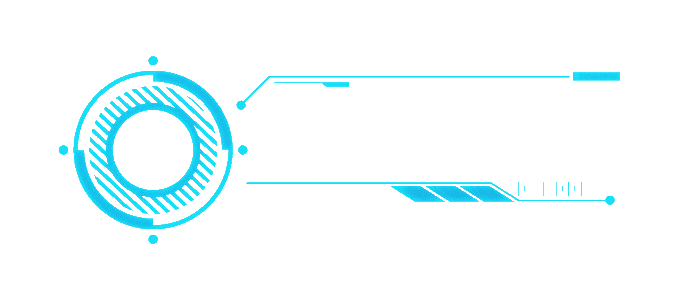Laser represents the full form of Light Amplification by Stimulated Emission of Radiation. The fundamental working principle of laser was invented by ALBERT EINSTEIN in 1917 through the first Industrial Laser for experimentation and was developed around 1960s. Laser beam can be easily focused using optical lenses as their wavelength ranges from half micron to around 70 microns. Focused laser beam can have power density in excess of 1 MW/mm^2.
Laser Beam Machining or we can broadly consider as processing deals with machining and material processing like heat treatment, alloying, cladding, sheet material bending etc. Such processing is carried out utilizing the energy of coherent photons or laser beam, which is almost converted into thermal energy upon interaction with most of the materials. As laser interacts, the energy of the photon gets absorbed by the work which results in rapid rise in temperature. This results in melting of the work material and finally material removal. Now a days, Laser beam machining is used in regenerative machining and rapid prototyping as in processes like stereo-lithography, selective laser sintering etc.
In this model of atom, all the negatively charged electrons rotate round the positively charged nucleus in some specified orbital paths. At absolute zero temperature, all the atoms are considered to be at ground level where all the available electrons occupy their respective lowest potential energy. These atoms when gets excited results in laser which in turn is very helpful for laser beam machining.
Many types of materials can be used as the heart of the laser which mainly depends on the lasing medium which again gets classified into solid state laser and gas state laser. Solid state lasers are commonly RUBY- Chromium alumina alloy, ND-Glass laser, ND-YAG laser which are generally used in material processing. Gas lasers are mainly of three types namely Helium-Neon, Argon, CO2. Laser machining can be done when the power density of the beam is much greater than the power lost by radiation, conduction and convection. The radiation must also penetrate and to be absorbed into the material.
PARAMETERS AFFECTING Laser beam machining
- Working Material
- Environment
- Quality of Holes
- Laser pulse types
- Assist Gas
- Focusing lens
ADVANTAGES
- Tool wear and breakage are not encountered
- Holes can be located accurately
- Even very tiny holes can be produced
- Machining is extremely rapid
- Holes can also be drilled at difficult entrance angles
- Operating cost is very low
Disadvantages
- The equipment cost is very high
- Tapers are normally encountered in direct drilling of holes
- A blind hole of precise depth is very difficult to achieve with a laser
- The thickness of material which has to be laser drilled is restricted to 50mm
- Adherent materials has to be removed for sure
Applications
- Cutting of materials, both soft and hard materials
- Scribing of any material
- Drilling of all substrates
- Trimming all the hybrid resistors
- Patterning displays of all glass and plastic wafers and chips




